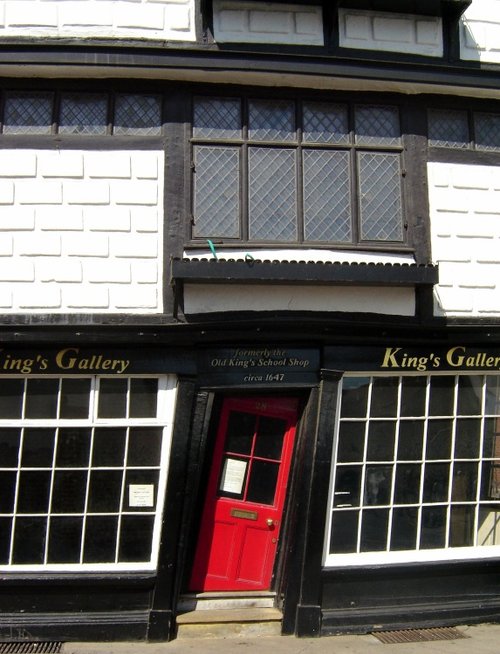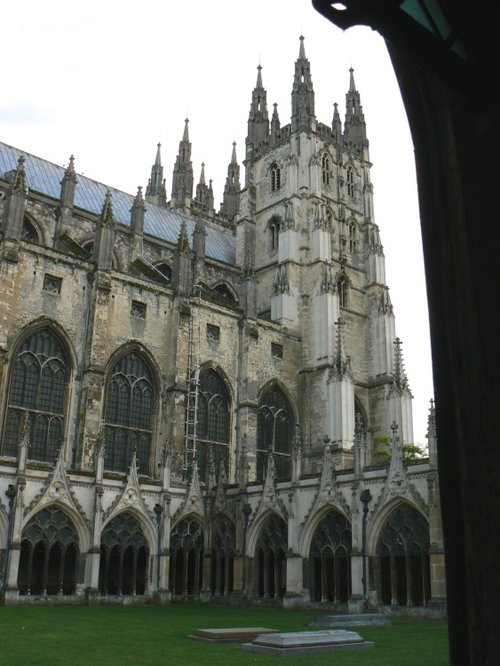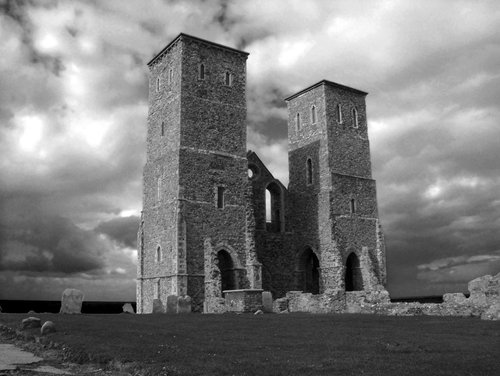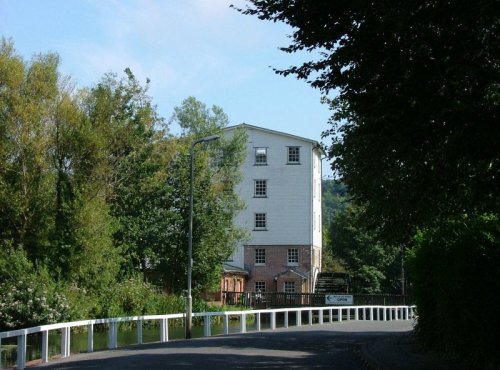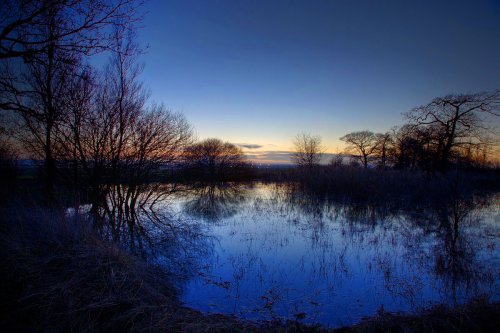Pictures of Canterbury
About Canterbury
Canterbury is an exquisite joyous place, it is submerged in history and is considered to be the birthplace of English Christianity. It glows with an abundance of charm, mostly this is owed to its stunning position on the River Stour, whose quiet waterways flow through Canterbury by-passing a wealth of gracious properties, some like the Merchant House of the 15th-century in which Flemish weavers once took refuge. The river, giving passage to bright sailing craft is one of Canterbury's most enjoyable sights.
The city is of course dominated by its great Cathedral. Amongst the glories of this ancient place of worship is its beautiful medieval stained glass, others are the armoured effigy of the Black prince, the memorable canopied tomb of Henry IV and his Queen, Joan of Navarre, and most importantly the magnificent shrine to Saint Thomas a' Becket who was murdered here in 1170. The gateway leading to the cathedral is notable for its fine statue figures. Today, the cathedral buildings surrounded by manicured lawns still retain the calm atmosphere of the days when medieval pilgrims flocked here, a period immortalised in Chaucer's Canterbury Tales.
This is a place were there is so much to see it seems impossible to do it justice in one short feature. Visitors should go there themselves, be it for a weekend or a day - for to miss out on Canterbury is to miss out on one of life's most rewarding historic and spiritual experiences. A few of the places to see include the following -
Greyfriars, this is tucked neatly away in a picturesque secluded backwater of the River Stour, these are the remains of the first Francistern settlement in England.
Eastbridge Hospital, a building of 1175 spans a branch of the Stour. This is one of the gems of the city, it has a dark knapped flint exterior with a magnificent Gothic doorway leading to a wealth of architectural riches within.
The Old Weavers House provides one of the most pleasurable experiences as this glorious building of 1507 seemingly rises right out of the Stour.
Westgate, built in the 14th-century is the finest fortified gateway of its kind in England. This was used as a prison for many years, but is now an interesting visitor museum. Here you can experience prison cells, see arms and armour displays, and for those who make the climb to the top of the building, spread below is a thrilling panorama of the city.
The well preserved remains of the city walls built during the Middle Ages on top of the old Roman foundations.
Canterbury Castle, these ruined remains are all that is left of the castle, its keep was mentioned in the Doomsday Book. Centuries later the castle was used as a prison during the religious persecution of Queen Mary's reign. It is a stirring site with a fascinating history, this is told through a series of information boards.
Saint Augustine's Abbey. Founded in 598 this is one of the oldest monastic sites in Britain. It is of major importance and is part of the World heritage Site of Canterbury. Visitors can see the remains of Saxon and Norman churches, and Tudor brickwork from a Royal Palace built by King Henry VIII. There are hundreds of excavated objects to see amidst the ruins, and for the benefit of visitors there is interactive audio and visual information in six languages.
Dane John Mound is a delightful historic place from the Iron-Age, it is surrounded by peaceful gardens. Flower filled Lady Wootton's green also provides an area of peaceful tranquillity.
The cobbled streets and squares of Canterbury are crammed with interesting shops and quaint half-timbered inns, if you raise your eyes above the shop windows you will smile in wonder at the tall chimney's and glorious overhanging bay windows, lost to those whose only concern is the dazzling array of merchandise fronting the windows of the shops.
Canterbury's role as a seat of learning was enhanced during the latter part of the 20th-century when the new University of Kent was opened in 1965. At this time there was also a flourish of new building to replace those lost to German bombing raids - reprisals for the British bombing of Cologne. Happily, the new buildings blend well with the old, and although some form a dramatic contrast to the medieval core of Canterbury, they do nothing to detract from its charm.
That Canterbury is a noble place there is little doubt, it is after all the seat of the Primate of All England. But it is also a lively, bustling place, historic yes, but this is coupled with a modernity seen in its comfortable hotels, shopping parades, and restaurants serving multi-choice cuisine.
You should go there - there is all of this and so much more, for this is a unique city of endless fascination which will not disappoint
Interesting & Historical Facts about Canterbury
 The peculiar looking Sir John Boys House (Crooked House), is said to be the most photographed building in Canterbury, Kent.
The peculiar looking Sir John Boys House (Crooked House), is said to be the most photographed building in Canterbury, Kent.
Canterbury facts |
Kent facts 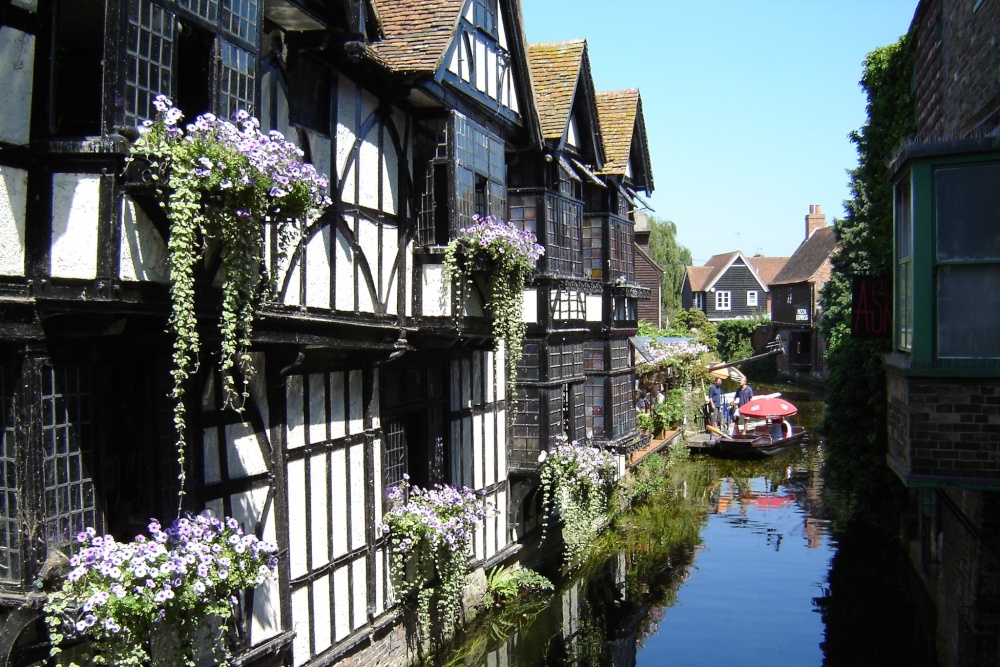
 The peculiar looking Sir John Boys House (Crooked House), is said to be the most photographed building in Canterbury, Kent.
The peculiar looking Sir John Boys House (Crooked House), is said to be the most photographed building in Canterbury, Kent.
